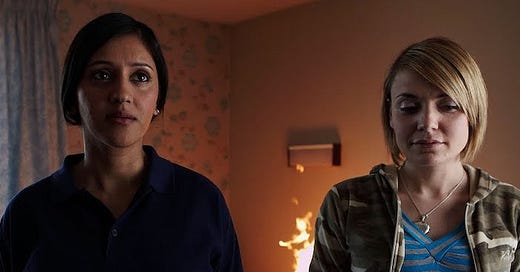‘Drunk History’ Has Become a Major Influence on Documentaries
Archival documentaries may be on the rise lately, but what do you do if your story is lacking in prior documentation? Reenactments have been a staple for nonfiction film for decades as a tool for depicting events of the past that aren’t visually recorded. Depending on the amount of this dramatized material, a film can fall into the categories of hybrid …
Keep reading with a 7-day free trial
Subscribe to Nonfics to keep reading this post and get 7 days of free access to the full post archives.



